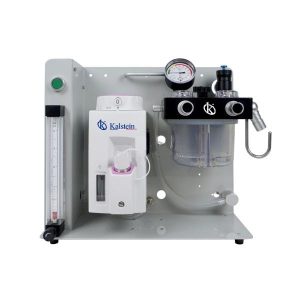Veterinary medicine has seen significant evolution in recent years, with substantial advances in technology and available tools for treating various animal health conditions. This article dives into the fascinating world of veterinary anesthesia and explores the setup and operation of the anesthesia machines used in the field.
The Crucial Role of Anesthesia in Veterinary Medicine
Anesthesia is an essential component in veterinary medical practice. It is used to perform surgical interventions, diagnostic exams, and procedures that could cause discomfort or pain to the pet.
Composition and Setup of the Veterinary Anesthesia Machine
A typical veterinary anesthesia machine comprises several elements, each with a specific function. The setup includes a gas delivery system that consists of an oxygen cylinder and an anesthetic vaporizer. It has a ventilation system that regulates the administration of the anesthetic gases to the animal.
The vaporizer is calibrated for a specific anesthetic and is used to control its concentration. The machine also includes a gas scavenging system to protect veterinary staff from exposure to exhaled anesthetics.
Patient Setup on the Anesthesia Machine
The patient is connected to the anesthesia machine through a system of tubes or cannulas that are inserted into the airway. The types of tubes can vary depending on the size and species of the animal. The amount of anesthesia administered is adjusted according to the weight and health conditions of the patient.
Maintenance of Veterinary Anesthesia Machines
The maintenance of these machines is crucial to ensure their optimal functioning and the animal’s safety. They need to be cleaned and sterilized regularly to minimize the risk of infections. they should undergo periodic inspections to verify that all parts are working correctly, and the gas delivery system is well calibrated.
Veterinary anesthesia machines are essential tools in any veterinary center that performs surgical interventions. By understanding their setup, operation, and maintenance, professionals can ensure the efficacy and safety of anesthetic practices in animals.

